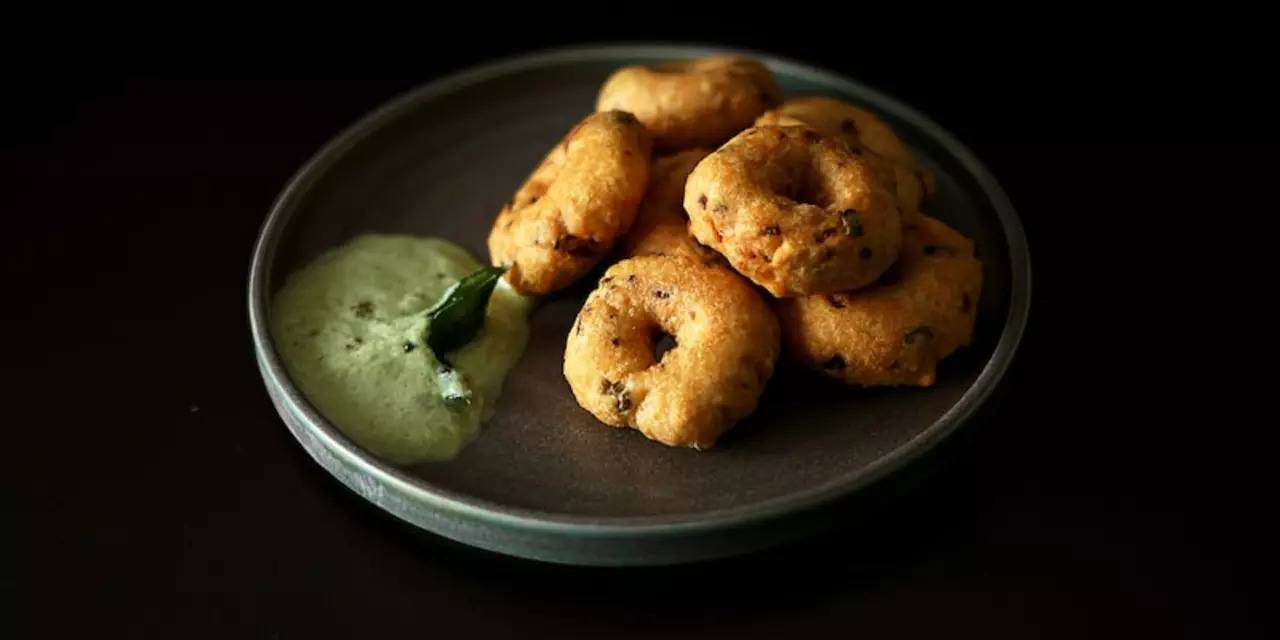Spices – The Simple Secret Behind Indian Food
If you’ve ever wondered why Indian dishes burst with flavor, the answer is spices. A pinch of cumin, a dash of turmeric, or a sprinkle of garam masala can turn plain veggies into a tasty meal. In this guide, I’ll show you the must‑know spices, easy ways to use them, and a few health perks that even exam‑takers find handy.
Top Five Indian Spices You Should Keep Handy
1. Turmeric – bright yellow, mild earthy taste. It’s the backbone of many curries and is famous for its anti‑inflammatory properties. A teaspoon in rice or soup does the trick.
2. Cumin – warm, nutty flavor. Whole seeds pop in hot oil, releasing a smoky aroma. Use it in dal, soups, or to season roasted veggies.
3. Coriander Seeds – citrusy and slightly sweet. Toast them before grinding for a deeper taste. Great in spice blends and meat marinades.
4. Mustard Seeds – tiny but mighty. They crackle in hot oil, giving a sharp bite that brightens pickles, curries, and tempering dishes.
5. Garam Masala – a mix of cardamom, cinnamon, cloves, and more. Add it at the end of cooking to keep the aroma fresh. One spoonful lifts a simple stew.
Quick Tips to Make Spice Cooking Easy
Start with a tempering step: heat a tablespoon of oil, toss in mustard or cumin seeds, and wait for them to pop. This releases flavors without burning the spices. Next, grind whole spices just before you need them – a mortar and pestle or a quick pulse in a blender works fine.
Don’t over‑salt. Spices already add depth, so you’ll need less salt than usual. If a dish feels flat, finish it with a splash of fresh lemon juice or a pinch of garam masala.
Store spices in airtight containers away from sunlight. A dark pantry keeps the color and potency longer. Rotate older jars to the front so you use them before they lose flavor.
Why care about spices beyond taste? Apart from making food delicious, many Indian spices have proven health benefits. Turmeric’s curcumin supports joint health, cumin aids digestion, and coriander can help balance blood sugar. Knowing these facts can give you extra points in history or geography exams that ask about the spice trade’s impact on world economics.
Ready to experiment? Try a simple veg pulao: sauté cumin and mustard seeds, add rice, sprinkle turmeric, and cook with water and peas. In 20 minutes you’ve got a fragrant, colorful dish that even beginners love.
Remember, spices are not just ingredients – they’re cultural markers. From the ancient Silk Road to today’s street food stalls, they tell stories of trade, migration, and adaptation. Treat each pinch as a small lesson in history, chemistry, and flavor.
So grab your favorite spice jar, heat the oil, and let the aromas do the talking. Your kitchen will smell better, your meals will taste richer, and you’ll have a handy cheat sheet for any exam question that mentions Indian spices.
Posted by
Arvind Suryavanshi
0 Comments

Indian food is often perceived to be terrible due to its strong flavors which are unfamiliar to many Westerners, the use of unfamiliar spices, and its spicy nature. This is usually a result of cultural differences and unfamiliarity with the cuisine, rather than the food itself being bad.
read more